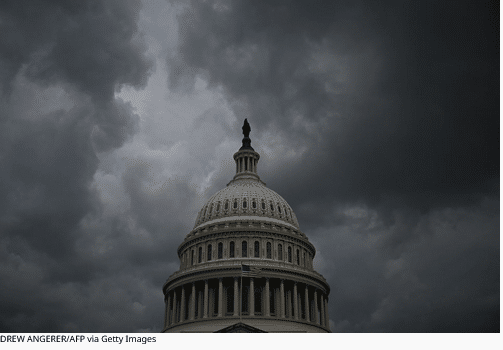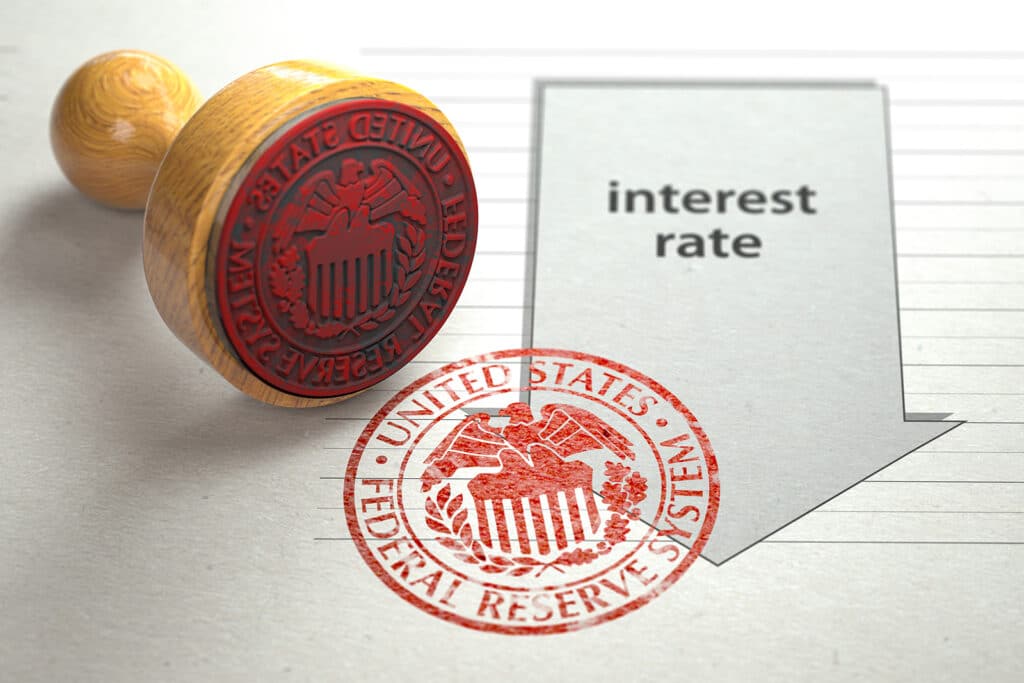U.S. national debt hit a historic high on Monday, surpassing $37 trillion, according to the Treasury Department

Debt owed by the U.S. rose above $37 trillion on Monday, according to a Tuesday report from the Treasury Department. The national debt tracks how much money the federal government owes from borrowing and interest accrued over time.
The national debt was at $36.83 trillion on August 1. A year ago, the national debt amounted to a total above $35 trillion but was higher than $36 trillion by December.
Since July, U.S. national debt has been growing at a sharper pace. According to a debt tracker maintained by Republican Congressman David Schweikert of Arizona — a member of the Joint Economic Committee — the national debt has grown $59,361.77 per second for the last year, based on Monday’s data.
After President Donald Trump signed his ‘Big Beautiful Bill’ into law on July 4, the Congressional Budget Office revised its January projection for 2025. The U.S. federal deficit — a measure of how much the government spends compared to how much it receives in revenue — was originally projected by the CBO to be $1.9 trillion this year and $2.7 trillion by 2035. On July 21, its outlook changed, predicting a rise in the federal deficit to $3.4 trillion from 2025 to 2034 based on the president’s new megabill. The U.S. will decrease direct spending by $1.1 trillion, while also decreasing revenue by $4.5 trillion, according to the projection.
On June 30, President Trump said in a release that his bill would “flip” the primary deficit to a surplus — meaning the U.S. would bring in more money than it spends — by 2034, contradicted by the CBO’s later projection.
The office had also reported in January that the national debt would rise from 100% of GDP this year to 118% of GDP in 2035. According to an analysis from the Pew Research Center, by the end of the second quarter this year, when the national debt stood at $36.2 trillion, it was already at 119.4% of GDP.
Read the full article HERE.


